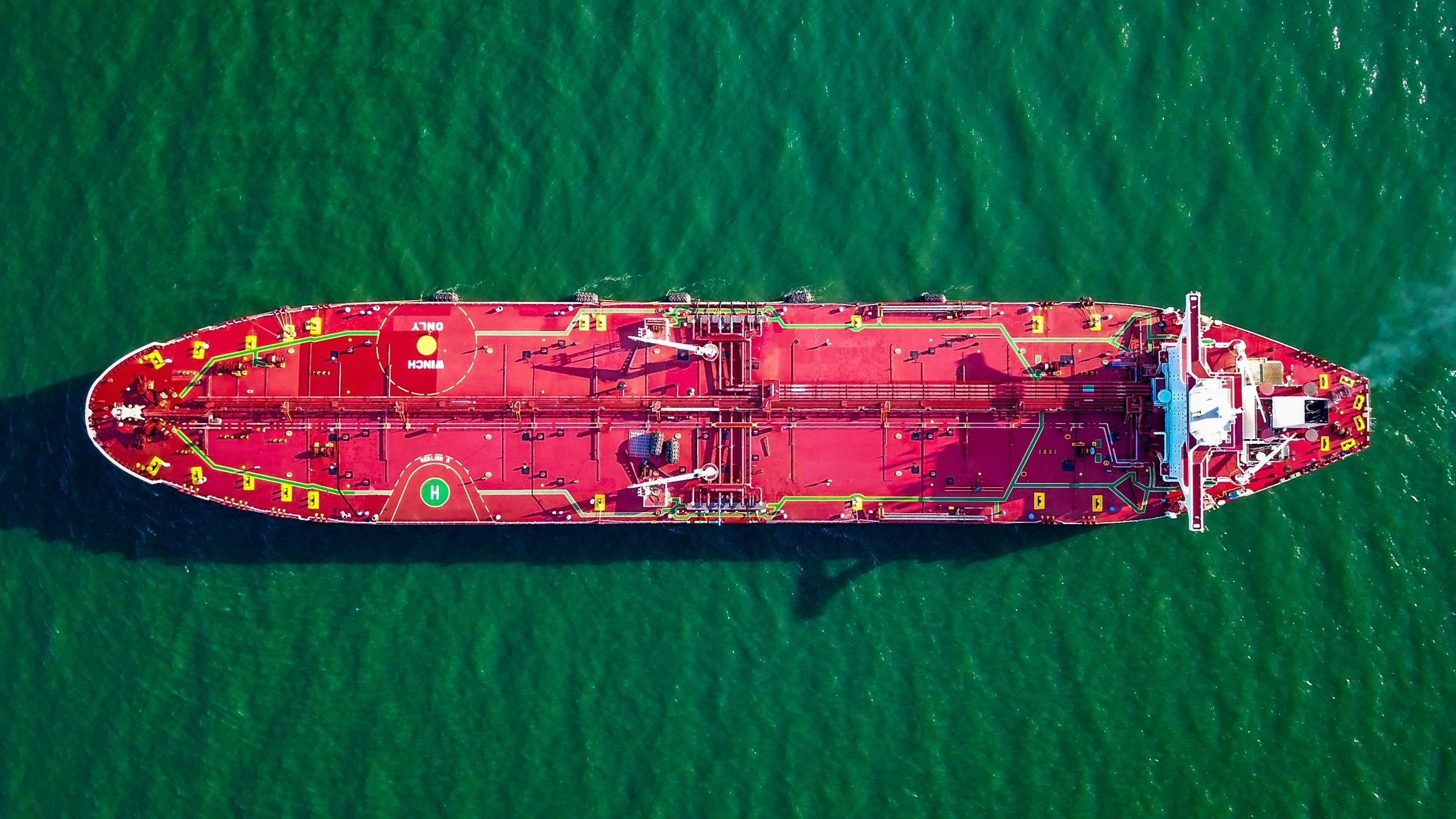Trump's tariff threats spur minimal disruption to refined product flows—for now
US President Donald Trump cranked up the pressure Monday on America’s trading partners, firing off letters to heads of several countries, informing them of their new tariff rate, set to take effect August 1.
While a July 12 letter from Trump proposes a hike in tariffs on all EU imports from 10% to 30%, the move appears aimed more at negotiation leverage than immediate policy change.
Canada remains the US Atlantic Coast’s (USAC) dominant gasoline supplier, with 12-month average deliveries of 363k b/d, primarily from Irving Oil’s Saint John refinery.
However, if European refined products are not explicitly exempted, the 145k b/d of gasoline inflows from the Netherlands, Norway, the UK, and Belgium to the USAC may face increased cost pressure.
On the US West Coast (USWC), refined product flows are more vulnerable. Trump’s plan to raise tariffs on South Korea from 10% to 25% poses a notable threat. South Korea supplies around 24k b/d of gasoline and 113k b/d of jet fuel to the USWC annually—volumes that become even more critical as California prepares for the closure of two refineries by April 2026.
While South Korean refiners remain optimistic that refined products will remain outside the scope of any duties, middle distillate exporters are reportedly seeking formal confirmation via Seoul’s Trade Ministry.
USWC total gasoline imports for the week ended July 4 fell sharply to 112k b/d, down from 250k b/d the prior week, according to EIA data.
Trump threatens secondary tariffs on Russia’s trade partners
US President Donald Trump said on July 15 that the US would impose 100% secondary tariffs targeting Russia's remaining trade partners if a peace deal with Ukraine was not reached within 50 days. Oil prices fell over $1 per barrel following the announcement, suggesting the market did not expect Trump to follow through with the threat.
Such a move would mark a dramatic escalation in the West’s sanctions strategy — one that could choke off Moscow’s remaining oil revenues and undercut the shadow fleet bypassing current sanctions.
Russia remains a critical supplier in global oil markets, exporting 4.93m b/d of crude/condensates and another 1.54m b/d of refined products in June. China, India, and Turkey are the destinations for the bulk of Russia’s seaborne crude exports, often routed through non-Western-owned tankers operating outside the traditional insurance and finance ecosystem.
Oil and gas revenues make up 30–50% of Russia’s federal budget. While sanctions to date — particularly the $60 per barrel price cap and European ban on Russian oil imports — have dented Moscow’s earnings, enforcement gaps remain. Discounted flows to Asia have helped Russia preserve export volumes. Meanwhile, the Chinese and Indian refiners have benefited from lower-cost Russian crude.
Secondary sanctions would directly target this workaround. By penalising all buyers of Russian oil — not just those with Western ties — such measures could significantly disrupt Russia’s export flows.
